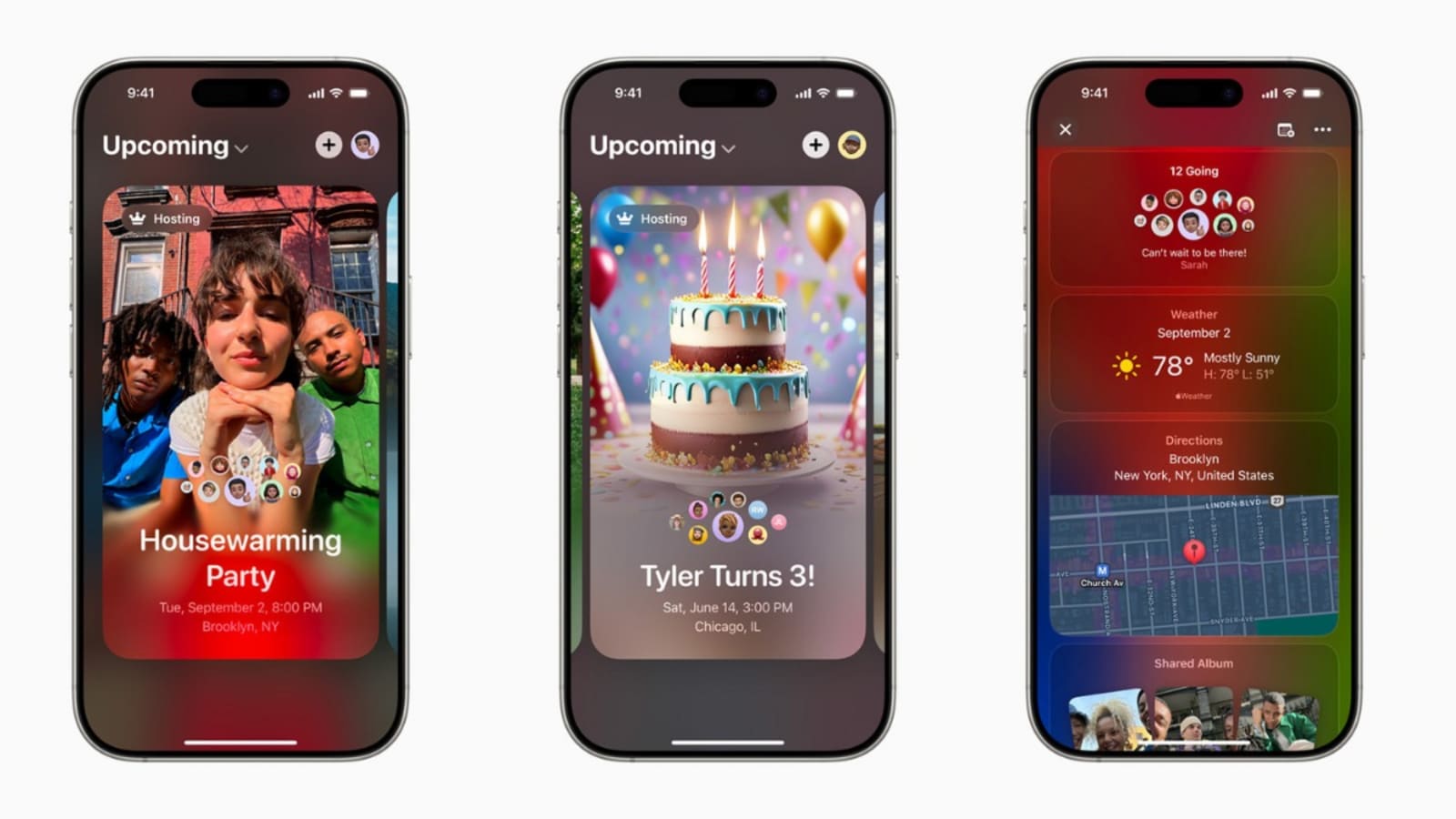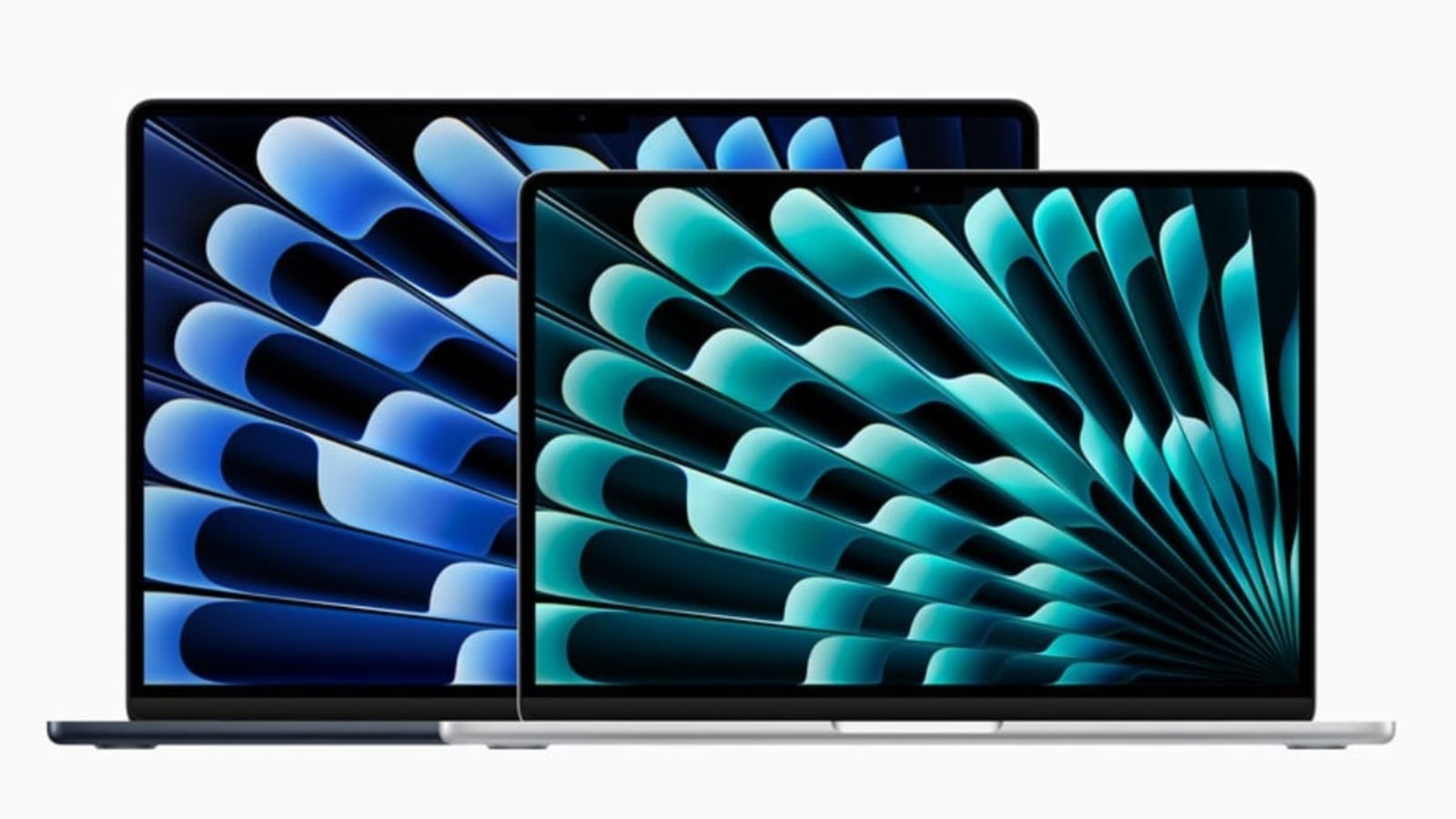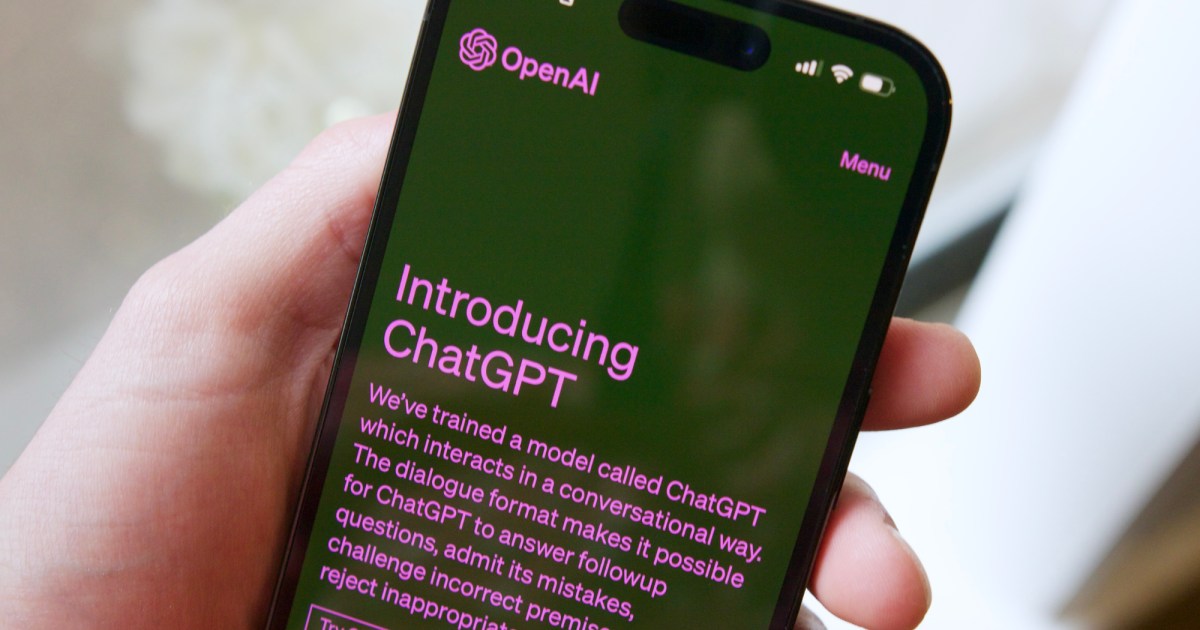ChatGPT’s Canvas is designed to make writing articles, emails, code, or even a thesis feel collaborative. It’s more like you are working with AI rather than using AI. And for the most part, it does deliver on this promise. However, we encountered a few issues like bugs and felt certain features were missing preventing Canvas from reaching its full potential. Here is my user experience after using the ChatGPT Canvas for over a month.
1. Missing or Buggy Editing Tools
Canvas is designed to let us work with AI allowing us to edit or add our input. But Canvas editing tools are barebones: bold, italics, and headings are pretty much all we get. Many basic tools like creating lists or adding indentations are missing.
For content writers, tools like lists, indentation, and proper formatting are needed. Their absence makes it harder to organize text and thoughts efficiently. While we can ask ChatGPT to make these edits, it often comes with its own set of quirks which we will explore below.

Even some existing Canvas tools don’t always work as expected. Sometimes, text won’t convert to headings while other times, edits revert to their original state after ChatGPT finishes making changes.

2. No Ctrl + Z Functionality
‘Undo’ is a basic feature of any text editor. Say you accidentally deleted a sentence or aren’t satisfied with ChatGPT’s edit—normally, a quick Ctrl + Z or Command + Z would fix it. But in Canvas, this shortcut only works if you use it instantly. Once that moment or second passes, the shortcut doesn’t work. Instead, you’re forced to click the undo button at the top.
3. Generates Text Overlapping Other Text
Sometimes, Canvas-generated text overwrites existing text. For instance, when I asked it to update a paragraph, it edited it exactly the way I wanted, but for some reason, it also deleted the paragraph below it rewriting it in the process. I only noticed this after a few minutes, forcing me to go back, check all previous edits, and restore the missing content manually. It adds an unnecessary layer of manual checks, undermining the purpose of using AI to save time.
In the image below, I asked it to add specific info in the intro and it replaced the first heading instead.

This isn’t a one-time issue but a common occurrence. The only solution is to create a blank line below the paragraph being edited, so Canvas replaces that blank line instead of the content below it.
4. Edits Revert After Final Polish
Final Polish is a neat Canvas feature that will proofread the article for grammar, spelling, etc. However, sometimes, it neglects all the changes I’ve made and adds its own touch to the generated text. As a result, all the AI-language, fluff, and misinformation returns, making the shortcut essentially useless. Final Polish should not end up rewriting the entire article.

5. Sweeping Changes Despite Specific Selections
Another feature that does not work as intended is in-line edits. When I select a specific part of the text and ask it to edit something, it should ideally make changes only to the selected part. However, ChatGPT sometimes applies that edit to the entire text. For instance, if I select one paragraph to format as bullet points, Canvas often converts other paragraphs into bullets too.

6. Frequently Fails to Follow Instructions
The core purpose of ChatGPT Canvas is to make changes to the text based on given prompts. However, as an AI model, ChatGPT still has many flaws while understanding or implementing changes, even when explicit prompts are provided.
For example, when I asked it to create a bullet-point summary of a specific article, it generated a list with a hierarchy that was overly complex for a simple summary. The real issue, though, is that no matter how many times I ask it to create a simple list with no hierarchy, it fails to do so, providing the same complex content repeatedly.
Again, it’s not just a one-time scenario but rather a common occurrence. The only solution is to rephrase the prompt differently until the change is applied correctly. However, more often than not, making the changes ourselves is much easier and faster.
7. Cannot Paste Text with Its Original Format
In a piece of text, you may have headings, bullet points, bold text, etc. However, once you paste it into ChatGPT, all the original formatting is lost. While preserving font or color may not be necessary, even the basic structure of the text is completely removed. Even if you paste a few small paragraphs without any formatting, Canvas sometimes creates a large blank space between the paragraphs or even replaces the text below. This requires us to carefully observe each time we paste the text into Canvas and manually adjust the structure when bringing info from our own documents.

8. Misses Context Sometimes
ChatGPT Canvas understands the article’s context to make edits. However, sometimes it repeats information that’s already covered. While it does understand context, such as creating similar headings, its ability to fully understand the context of the entire text needs improvement.
9. Doesn’t Work with GPTs
GPTs are custom versions of ChatGPT tailored to one specific task, problem, or niche. However, it doesn’t integrate with Canvas. To use Canvas, you specifically have to use the GPT-4o model. This limitation may be due to the feature still being in beta.

10. Search Feature Does Not Work Inside Canvas
Another advanced feature of ChatGPT is ChatGPT Search, which can look up multiple sources online to provide more accurate answers. However, this search feature is also limited to the GPT-4o model and unavailable with GPT-4o with Canvas.

While Canvas has the potential to be a powerful AI tool, its current limitations, such as overlapping edits, lack of proper formatting support, and the inability to follow instructions precisely, prevent it from being truly effective. Addressing these bugs and missing features would significantly improve the user experience. However, except for Claude’s Artifacts feature, other popular AI chatbots like Gemini do not have such features.

Ravi Teja KNTS
From coding websites to crafting how-to guides, my journey from a computer science engineer to a tech writer has been fueled by a passion for making technology work for you. I've been writing about technology for over 3 years at TechWiser, with a portfolio of 700 articles related to AI, Google apps, Chrome OS, Discord, and Android. When I'm not demystifying tech, you can find me engrossed in a classic film – a true cinephile at heart.



















 English (US) ·
English (US) ·